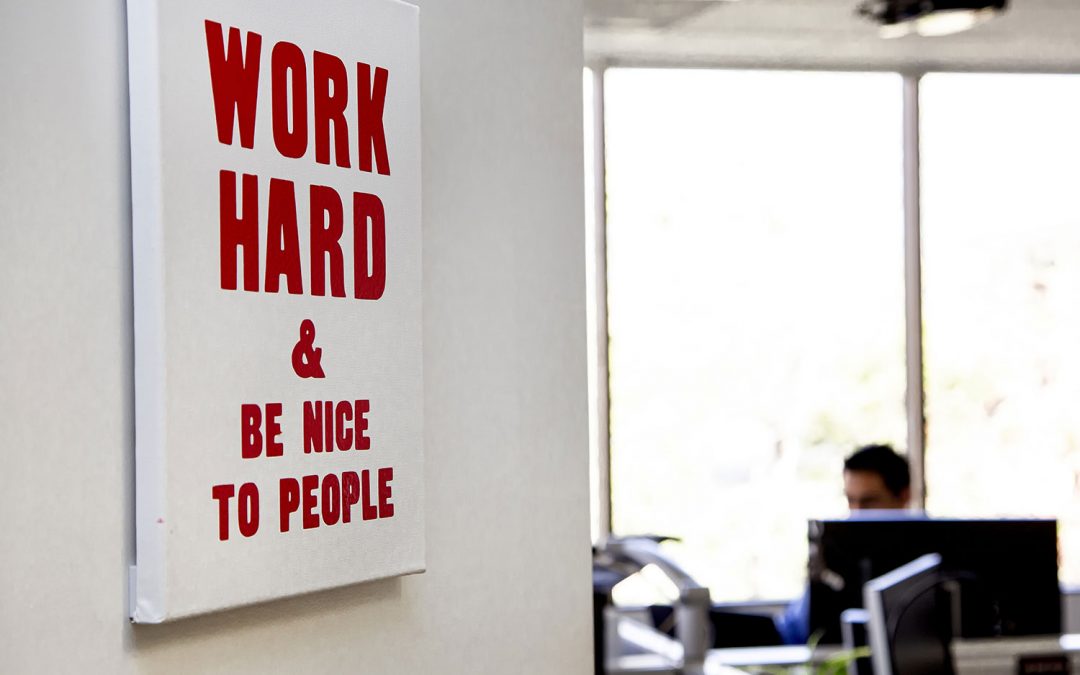Introducing Kindership. Kindness should be seen as a catalyst for successful leadership. Of course it feels good, but it also increases inclusion and engagement and builds cohesion. It emanates from individuals, and to make it a strategic benefit to the organization it needs to become knitted into the culture of the company.
Kindness is teachable. Ritchie Davidson of the University of Wisconsin has compared practicing kindness and compassion to weight training: “People can actually build up their compassion ‘muscle’ and respond to others’ suffering with care and a desire to help,” he said. Great leaders attest that it is not a sign of weakness or relinquishing authority to be consistently kind and to offer encouragement and show genuine interest in employees’ mental well-being in punishing times.
– Boris Groysberg and Susan Seligson, “Good Leadership is an Act of Kindness,” Harvard Business Review
Kindership™ can be thought of as a subset of leadership that functions by moving interpersonal connection to the forefront of work.
Kindership is the way we make kindness systemic for the following benefits:
- More enthused and invested participants in productivity. As kindness deflates office politics, it can reveal the benefits to helping each other.
- Improved recruitment and retention. With resources like Glassdoor, company culture is on display and known by job hunters and new talent. Today’s employees are looking for a chance to have their talent valued. An inclusive company demonstrates this.
- Competitive advantage. Most organizations don’t practice kindership. So just doing it sets yours ahead. But also, more diverse groups in positive environments will outperform homogenous groups in wage slave environments.
- Enhances the brand. The need for kindness includes your customers. Kindership can shape your brand to resonate with stressed out consumers.
Cultivating kindness
Culture is to an organization what character is to an individual. Who wants to spend time with a person of unkind character, whether its self-centered rudeness or full-on narcissism?
How do we take the individual character of kindness and propagate it through the organization so it takes root and becomes the culture?
This calls on more effort from top leadership to first model Kindership, setting the example as individuals, and also injecting a kindness quotient into the way the organization works.
As a baseline, kindness can be mandated in mission statements and employee handbooks.
Consider ideas like:
- How meetings are called in a way that respects everyone’s schedules at work and at home. Four PM might not be the best time for parents of young children to start a meeting.
- A daily allowance of solitary work time that is immutable.
- Non-judgment zones in meetings. Avoiding language that stifles free thinking.
- Managers challenged daily to seek out actions and ideas to praise.
- Make kindness a key performance indicator for all employees.
Add to this the need to acknowledge and embrace the times.
As the pandemic continues, accept that we’re in a new place and policies that are punitive or process-for-process sake are rethought or jettisoned.
This can include bereavement leave – liberally allowed without death certificates or obituaries being required – and making mental health resources available, no questions asked.
Assuring Kindership continuity
Policies and handbooks can change on a whim of new management, but healthy culture can survive and even inform through leadership succession or changes from the outside. If it’s embedded enough, it’s a lot more difficult to ignore or let whither.
Whether a company provides services or products, the concept of brand is important. In as much as brands are abstractions that result from tangible experiences, there is no reason kindness can’t be integral to the brand.
Sales calls happen in a way that respects prospects’ schedules. Customer service asks how callers are doing and concerns are assumed to be valid. The people associated with the brand – your staff – are generally in a pleasant relaxed mood.
Then you can extend this to corporate social responsibility initiatives, hopefully in a way that engages individuals to feel like they’re making a positive contribution.
Conclusion
In difficult times, we can make kindness endemic to our organizations. The immediate goal is to create a tipping point at which the initial institutional experience of pleasant tones, positive approaches and genuine interest in well-being becomes infectious. The long term goal is kinder corporate culture and an irresistible public brand.

